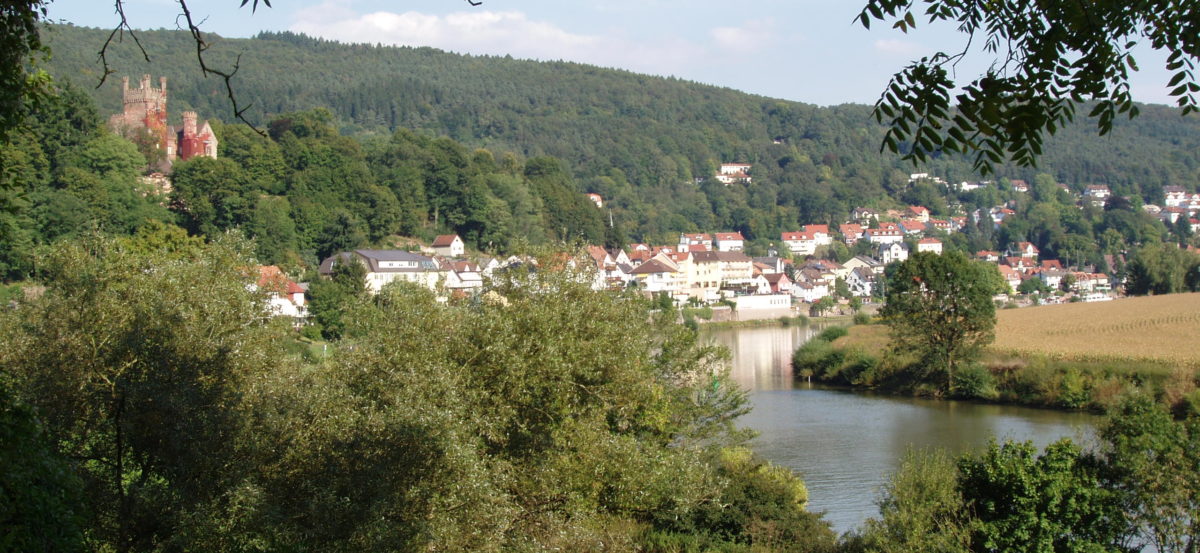The Stations of the Cross:
“Stations of the Cross” refers to the key moments of Christ’s last days before his crucifixion and resurrection. In the Latin, Via Crucis (Way of the Cross) or via Dolorosa (Way of Sorrows), it has become a fixture of meditation upon Christ’s Passion. Beginning with St. Francis of Assisi and later throughout the Roman Catholic Church it now consists of a series of paintings or sculptures that portray the events of Christ’s “Way” to the cross. These images are often used during Lent as focuses for devotions or meditations individually or corporately.
Initially there were a varied number of stations of the cross, (at one time up to 36), but in 1731 there were fixed at 14 by Clement XII.
Traditional form: (usually a series of 14 pictures or sculptures depicting the following scenes):[1]
1. Jesus is condemned to death
2. Jesus is given His cross
3. Jesus falls the first time
4. Jesus meets His Mother
5. Simon of Cyrene carries the cross
6. Veronica wipes the face of Jesus
7. Jesus falls the second time
8. Jesus meets the daughters of Jerusalem
9. Jesus falls the third time
10. Jesus is stripped of His garments
11. Crucifixion: Jesus is nailed to the cross
12. Jesus dies on the cross
13. Jesus’ body is removed from the cross
14. Jesus is laid in the tomb and covered in incense.
Alternate forms: although not part of the traditional set of Stations, the Resurrection of Jesus in now more and more integrated as part of The Way.
1. The Last Supper
2. The Garden of Gethsemane
3. Jesus before Pilate
4. The Scourging and the Crowning with Thorns
5. The Receiving of the Cross
6. The Fall
7. Simon of Cyrene helps Jesus
8. The Women of Jerusalem
9. The Stripping of His Garments
10. The Good Thief
11. Mary and John below the Cross
12. The Death of Jesus
13. The Laying in the Tomb
14. The Resurrection
“Out of the fourteen traditional Stations of the Cross, only eight have clear scriptural foundation. Stations 3,4,6,7, and 9 are not specifically attested to in the gospels and Station 13 (representing Jesus’ body being taken down off the cross and laid in the arms of his mother, Mary) seems to embellish the gospels’ record which state that Joseph of Arimathea took Jesus down from the cross and buried him. In order to provide a version of this devotion more closely aligned with the biblical accounts, Pope John Paul II introduced a new form of devotion, called the Scriptural Way of the Cross on Good Friday 1991…they follow this sequence:”[2]
1. Jesus in the Garden of Gethsemane
2. Jesus is betrayed by Judas and arrested
3. Jesus is condemned by the Sanhedrin
4. Jesus is denied by Peter
5. Jesus is judged by Pilate
6. Jesus is scourged and crowned with thorns
7. Jesus takes up His cross
8. Jesus is helped by Simon to carry His cross
9. Jesus meets the women of Jerusalem
10. Jesus is crucified
11. Jesus promises his kingdom to the good thief
12. Jesus entrusts Mary and John to each other
13. Jesus dies on the cross
14. Jesus is laid in the tomb
LEM’s Modified “Stations of the Cross” with meditations: 4/9/09
1. The Last Supper
2. The Garden of Gethsemane
3. Jesus is denied by Peter
4. Jesus before Pilate
5. The Scourging and the Crowning with Thorns
6. The Receiving of the Cross
7. Simon of Cyrene helps Jesus
8. The Women of Jerusalem
9. The Stripping of His Garments
10. The Good Thief
11. Mary and John below the Cross
12. The Death of Jesus
13. The Laying in the Tomb
14. The Resurrection
Endnotes:
[1] Wikipedia, “2009 Stations of the Cross”
[2] Ibid., “2009 Stations of the Cross”
